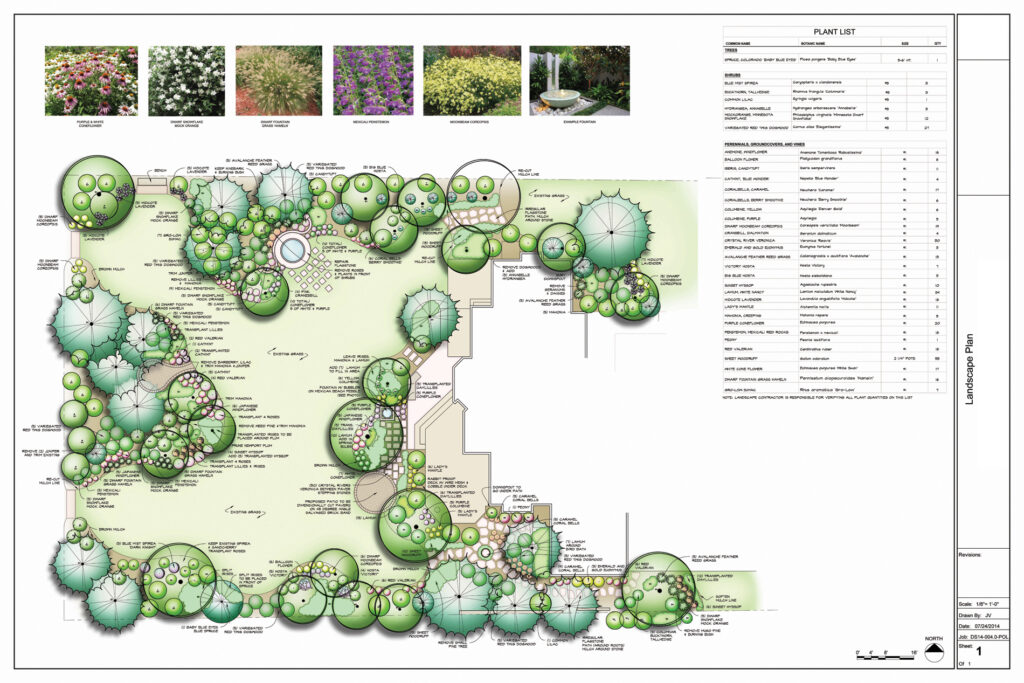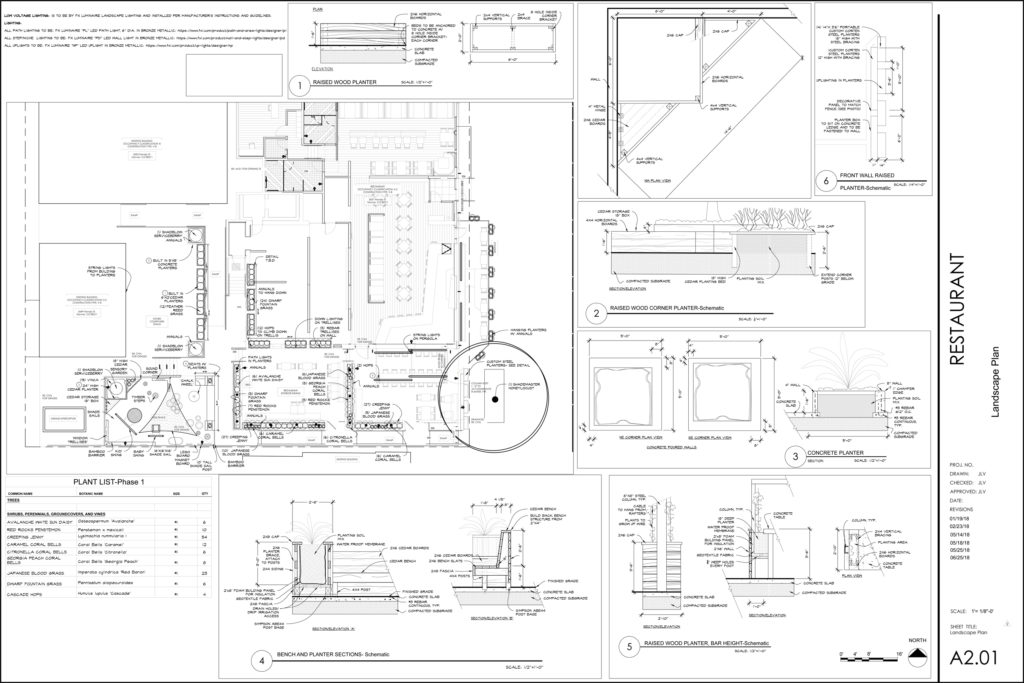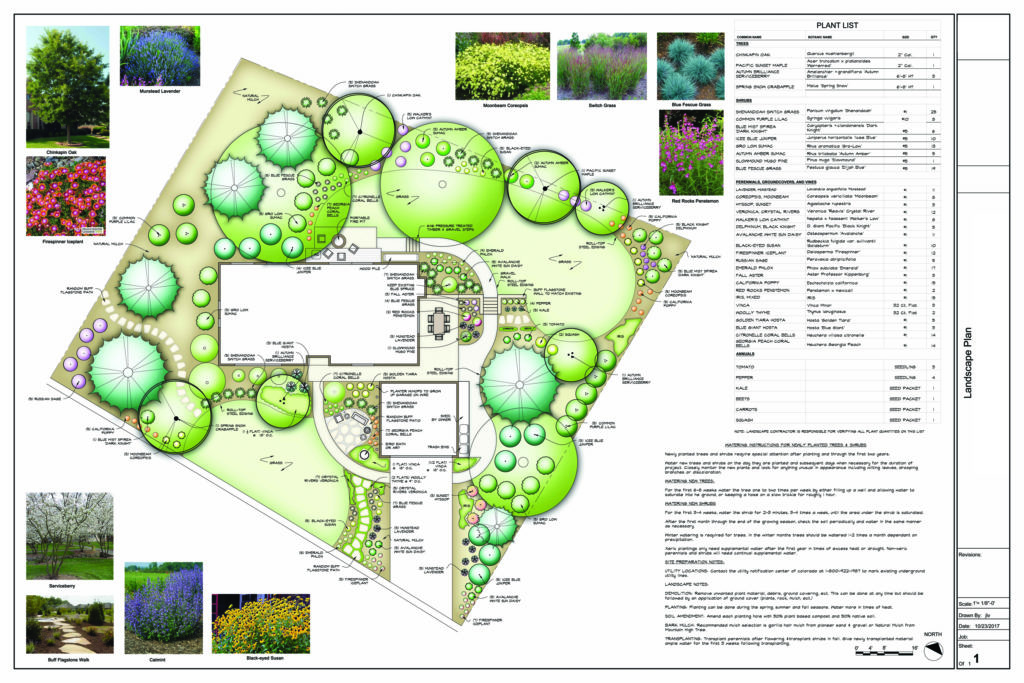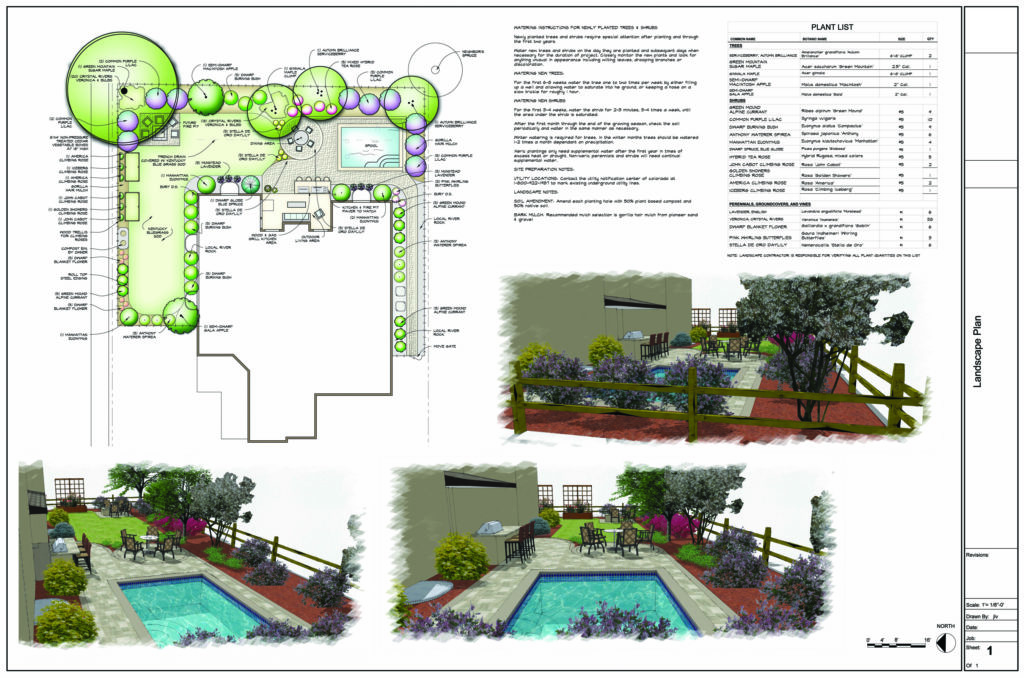Landscape Design Services- Our Commercial and Residential Plans
The successful balance of form and function in any space are the guiding principles of our designs. We transform outdoor spaces into places that are productive, beautiful and keep welcoming you back!
Our residential and commercial landscape design services include: custom fire pits, custom water features, garden, hardscape, deck, landscape, patio and pool design and project management.
Understanding Design Fundamentals
When we look around, we can see that features in people, objects, or spaces are aesthetically pleasing or not. Many of us do so very quickly without realizing where these thoughts come from. Quickly, we can judge beautiful or not beautiful, peaceful or disturbing, comfortable or uncomfortable. Often these reactions come from our subconscious understanding of design fundamentals.
These physical traits and how we feel about them inform our design viewpoints.
When we experience spaces, without effort we sense balance among the elements of the space and proportions, or relative sizes of the parts of a space. Many define beauty as balance and proportion in harmony with nature that leads to feelings of attraction and emotional well-being.
Spaces with appropriate proportions provoke a sense of tranquility and unity. When proportions seem out of balance, or not proportional, they create an uncomfortable emotion. We sense disorder and it causes negative feelings. The parts of a space are not following an expected order.
How does this relate to landscape design?
In landscape architecture, this disorder can make a space unpleasant unless there is enough contrast to create a more defined hierarchy of space. The most recognizable hierarchy of space is simply small, medium, and large. This arrangement gives clarity. The hierarchy of different spaces brings rhythm and order to a landscape, and provides a framework for designing beautiful spaces.
This hierarchy of spaces is enhanced by details such as line, shape, texture, pattern, color, and light. Spaces–whether indoors or outdoors–are enhanced when these elements make connections between people and the space, and between the space and the natural world. A common example of how line, shape, form, texture, pattern, color, and light are used to influence mood and define space is in a well-designed park.
Line is a force that draws the eye. It can produce a pattern and suggest movement, and create an illusion of depth. From a distance, a single line of vegetation emphasizes an object’s shape. This creates an immediate impression of whether or not the space is desirable. Texture also enhances our perspective of a space. For example, coarse textures, like large leaves on trees, have visual strength and appear to come forward. Pattern, color and light add character to our overall perception of an environment.
Other Concepts to Consider
Four other concepts to consider when designing a well-built space are form and function, appearance, safety, and ergonomics. For a space's form to be successful it must support an intended function. Whether that function is serving as a gathering area, a private nook, or a corridor, the form must be designed to support the function. A radical form may be aesthetically interesting but may lack in function. On the other hand, an environment with only function and poor form may be too uncomfortable. Appearance and safety are also essential elements of a space. Lastly, ergonomics–an emphasis on space and devices that fit the human body, its movements, and its cognitive abilities–is imperative.
There is a lot to consider in thoughtful design, but all of these fundamentals have an essential role. We may not stop to think about every spatial element, but they still shape our perception and experience of any built environment.



